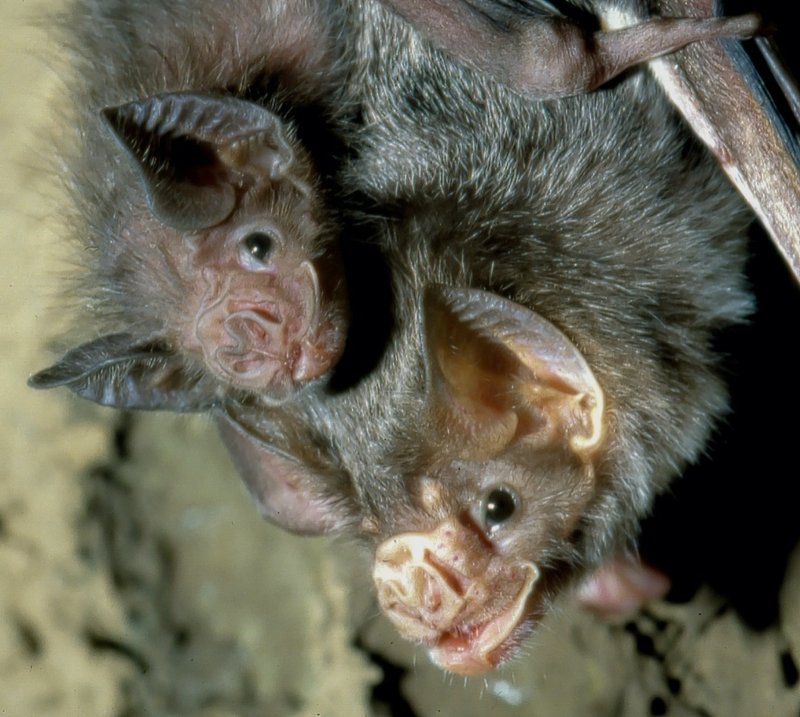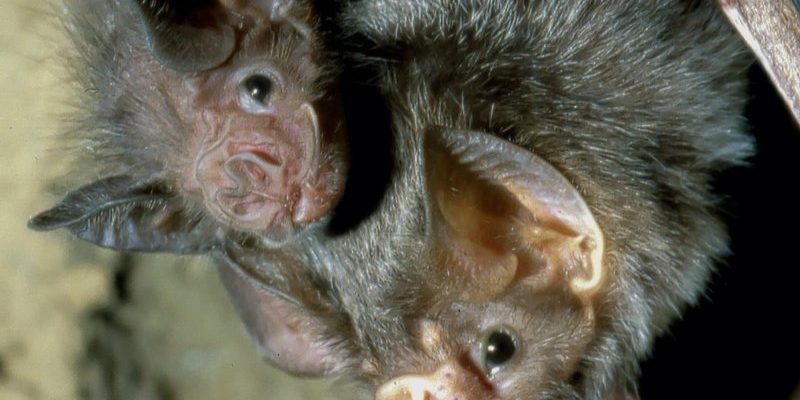
Now, imagine a close-knit family gathering—maybe a barbecue in the backyard. Everyone’s sharing stories, helping each other out, and looking out for one another. That’s somewhat how vampire bats operate when it comes to raising their offspring. Instead of leaving their young to fend for themselves, these bats rely on a supportive community to help raise their little ones. With that in mind, let’s explore how vampire bats nurture their young and what makes their parenting unique.
Vampire Bat Basics
Before we get into parenting specifics, it helps to know a bit about vampire bats. These nocturnal creatures belong to the family Phyllostomidae, primarily found in Central and South America. There are three species of vampire bats, but the common vampire bat (Desmodus rotundus) is the most well-known.
Vampire bats are small, usually about 2 to 4 inches long. They’ve got sharp teeth for making small incisions in their prey’s skin, but here’s the kicker: they don’t just drink blood and fly off. Instead, they participate in what might be called “blood-sharing,” where they support one another in feeding. This social structure plays a vital role in their ability to raise young, promoting a strong community network.
So, when you picture a vampire bat, think of a tiny, highly social mammal that thrives in a cooperative environment, not just a fearsome creature of the night.
Pregnancy and Birth in Vampire Bats
Vampire bats typically have a gestation period of about 7 to 8 months. Once a female bat is pregnant, her priorities shift, and she becomes more focused on finding sufficient food to sustain both herself and her developing baby.
When the time comes for birth, it’s not exactly like a dramatic scene from a wildlife documentary. Female vampire bats usually give birth to a single pup, and they do so upside down while hanging from their roost. Isn’t that a sight? The pup is born hairless and helpless, weighing only about 1/3 of the mother’s weight.
After the birth, the mother bat cleans her pup and helps it latch on for its first meal. This is crucial; the pup needs to eat blood within the first few hours of life to gain strength and develop properly.
The First Few Weeks
In the wild, a newborn vampire bat can be quite vulnerable. That’s why the mother bat plays a significant role in protecting and nurturing her young. For the first few weeks, the pup clings to its mother with its tiny claws, relying on her warmth and safety.
During this time, the mother continues to feed and care for her pup. She will often leave it in a safe spot within a communal roost when she goes out to feed, but here’s the twist: the mother bat is part of a larger network of bats who help each other out. If she’s unable to feed, other bats will often come to her aid, sharing their meals with her and her young. Isn’t that heartwarming?
This cooperative feeding not only strengthens bonds among the bats but ensures that all pups have a chance to thrive, even if their own mothers can’t always provide for them.
The Role of Social Structure
You might be wondering why vampire bats are so communal. The answer lies in their social structure. These bats live in groups called colonies, which typically consist of 10 to 100 individuals. This close-knit setup fosters a sense of belonging and support among the bats.
One of the fascinating aspects of vampire bat society is their *reciprocal altruism*. If a bat shares a meal with another bat, that bat is highly likely to return the favor later. This strong sense of community not only helps in raising pups but also in ensuring all members of the colony have enough food to eat. The connection each bat has within the colony creates a safety net for the young, making it easier for them to survive their early days.
By relying on one another, vampire bats create a nurturing environment that contributes to the successful rearing of their young.
Learning to Feed
As the pups grow, usually starting around 3 weeks of age, they begin to learn how to feed on their own. Initially, they rely heavily on their mothers, but as they inch closer to independence, they start experimenting with feeding. Isn’t it similar to how human children learn to eat?
At about a month old, a young vampire bat begins to sample blood from the mother’s food source. This process is crucial, as it teaches them the ropes of finding and feeding on prey. Here’s where that community aspect comes into play again: older bats often share their hunting grounds with the younger ones, teaching them the best places to find food.
This hands-on learning makes a significant difference in their survival. Pups that grow up with strong role models tend to become proficient hunters, ensuring that they can fend for themselves when it’s time to leave the roost.
Independence and Leaving the Roost
Vampire bat pups usually reach full independence around 2 to 3 months of age. At this point, they have learned to feed and navigate their environment. Leaving the roost marks a crucial phase in their lives, but it doesn’t mean they abandon their mothers or colony.
Even after gaining independence, young vampire bats often stay close to their mothers and the larger group for social structure and support. They participate in communal roosting and sometimes even return to their mothers for food during tough times.
This ongoing relationship emphasizes the importance of community in their lives, which continues to aid in their survival and success even as adults.
The Importance of Nurturing in the Wild
Honestly, the way vampire bats raise their young offers a fascinating insight into the complexities of animal behavior. Their nurturing approach ensures that pups have the best chance of surviving in the wild. By relying on community support, they create a stable environment where young ones can learn and grow.
It also sheds light on the broader themes of cooperation and care found in nature. Much like human families, these bats foster an environment of learning, sharing, and support—essentially passing down knowledge and resources to the next generation.
Recognizing the challenges these bats face in the wild, from habitats being threatened to food shortages, understanding their nurturing behavior is crucial. Their survival depends not only on their ability to hunt but also on their social structure—a lesson we can learn from in our own lives.
In summary, vampire bats might have a scary reputation, but their parenting style is far from fearsome. They prioritize the well-being of their young in a loving, community-driven way. Next time you think about vampire bats, remember that behind the fangs lies a caring family dynamic that works hard to ensure survival in the wild.

